
Do you know that Google Analytics is more than just a tool used for Digital Marketing? Behind its systematic interface lies a key to making the most of your marketing campaigns! Unlocking Google Analytics‘ full potential can seem like discovering a hidden treasure beneath your website’s surface. Consider it like having a magic wand that can disclose exactly what your customers are looking for, how they behave, and what motivates them to click the desired ‘buy’ button.
So, prepare to become a data wizard because you are about to discover 10 Google Analytics hacks! These treasures will take your company insights from basic to spectacular, allowing you to make smarter decisions and grow your business like never before!
Brief Overview of Google Analytics
Google Analytics (GA) is a powerful platform that collects data from your websites and apps to create comprehensive reports, offering valuable insights into your business.
Here’s a brief overview of how it can work for your business:
It measures your website.
For you to measure your website, you need to create a Google Analytics account and add a JavaScript measurement code to each page on your site. This code collects pseudonymous information about user interactions with the page, such as visits to different product pages or whether a purchase was made. This measurement code is the key to unlocking detailed data about your website’s performance.
It collects data.
The tracking code will also gather data from the user’s browser, like language settings, browser type, and the device’s operating system. It even captures the “traffic source”—whether users found your site through a search engine, an advertisement, or an email marketing campaign. This extensive data collection helps you understand where your traffic is coming from and how users are interacting with your site.
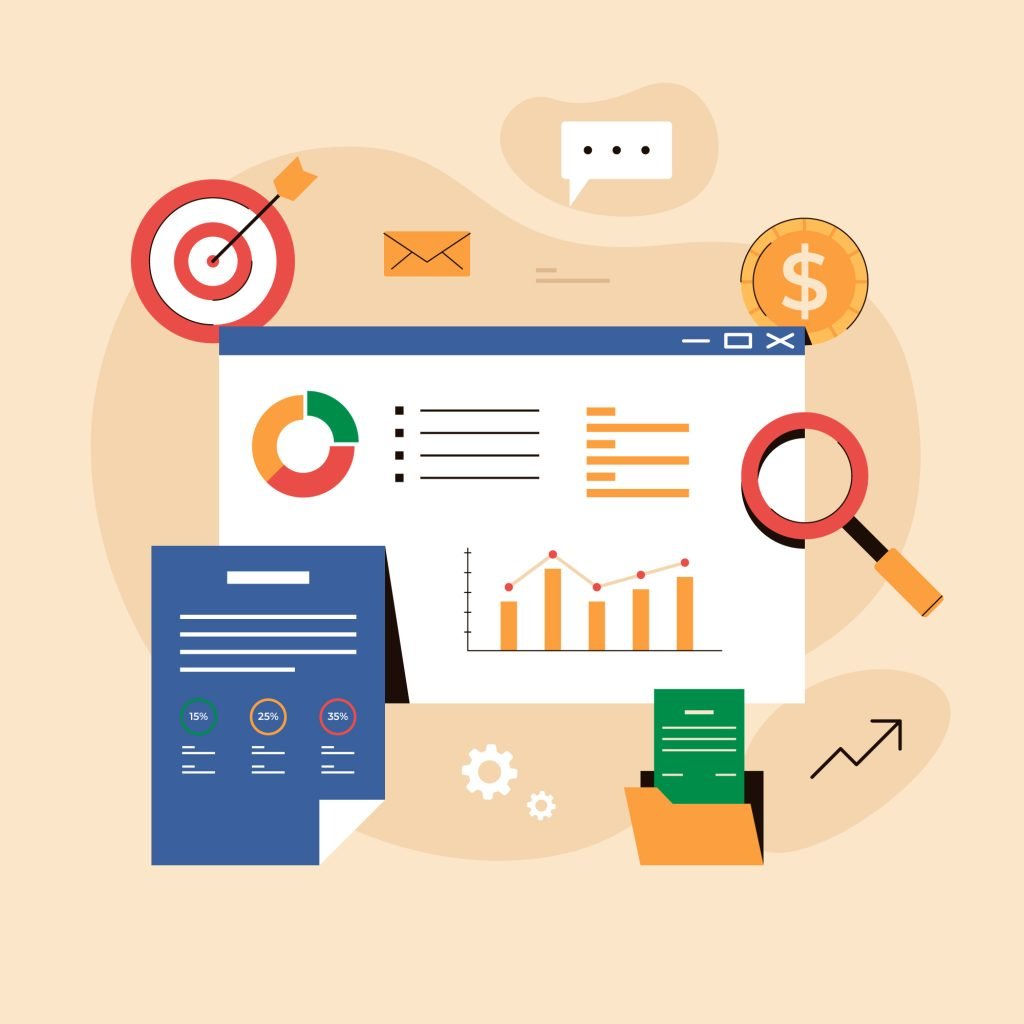
It processes and reports.
When data is collected, it is transferred to Google Analytics and converted into reports. Data is pooled and categorized during processing based on factors such as device type or browser. This method can be customized with filters to exclude internal or developer traffic. Following processing, the data is saved in a database and displayed in Google Analytics as detailed reports.
It understands reports.
Google Analytics helps your business by monitoring traffic, evaluating data, and understanding user behavior. The platform provides overview reports, which summarize data on a certain topic, and detailed reports, which provide in-depth information on specific areas of interest. These reports are extremely useful for making informed decisions and optimizing your website’s performance.

These are just a sample of what Google Analytics can do for your business. It is a powerful tool for tracking and analyzing website and app performance, allowing you to make more educated business decisions. To gain a more in-depth understanding, you should check out the Google Analytics Help Center.
Additionally, if you want to try it on and learn its basics, you can take the Google Analytics for Beginners Online Course. It will provide you with a more comprehensive introduction (video lesson, demos, and assessments) about how it functions and how you can use it.
10 Google Analytics Hacks For Your Business
Data is the new currency, and Google Analytics is the treasure map. Understanding and using GA’s insights can result in major changes in your marketing strategies, consumer engagement, and revenue.
However, many companies are merely scratching the surface of what GA has to offer. So, here are ten unique GA hacks that will help you take your business to the next level!
1. Set Up Custom Dashboards
Custom dashboards in Google Analytics allow you to quickly view the metrics that are most important to your company. wasting time sifting through endless statistics, you can construct a customized view that focuses on key performance indicators (KPIs) like website traffic, conversion rates, and user behavior.
How to Do It
- Go to your GA account and click “Customization” in the left-hand menu.
- Select “Dashboards” and then “Create.”
- Add widgets that display the metrics you care about.
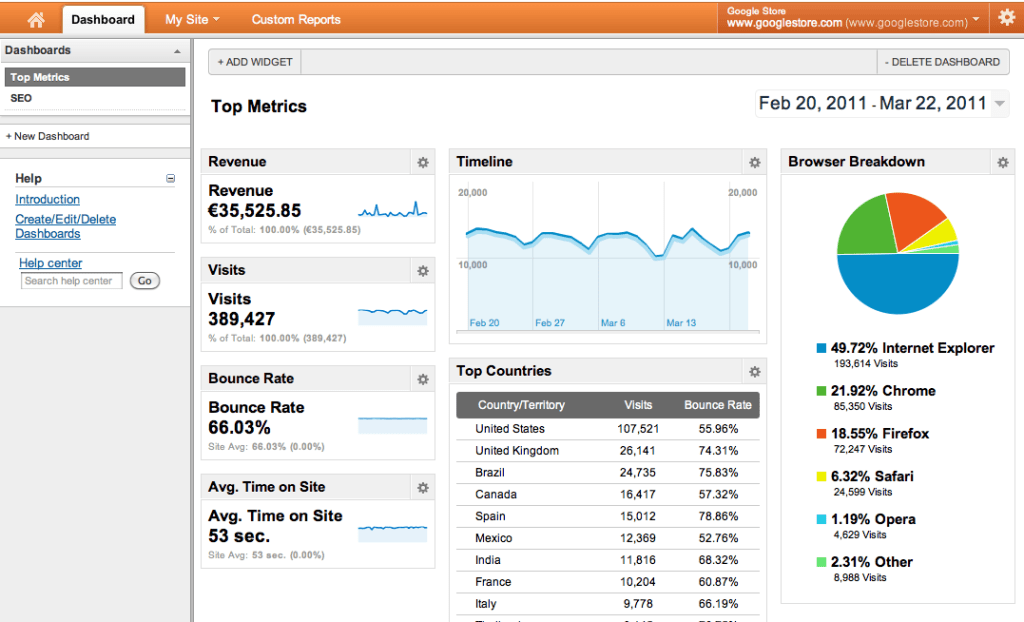
Custom dashboards save your time and provide a snapshot of your business’s health, enabling quicker data-driven decisions.
2. Use Segments to Analyze Specific Audiences
Segments in Google Analytics allow you to divide down your data to better understand how different groups of users interact with your site. For example, you can compare new and returning visitors or examine the behavior of users from various geographical places.
How to Do It
- Click on “Add Segment” at the top of any report.
- Choose from predefined segments or create your own based on criteria like demographics, behavior, and traffic sources.

This hack allows you to adjust your marketing efforts to the specific needs of distinct audience segments.
3. Track Internal Site Search
Understanding what users are searching for on your website can provide valuable insights into their needs and how well your site meets them. Tracking internal site search queries can reveal gaps in your content and opportunities for new products or services.
How to Do It
- Go to Admin > View Settings.
- Turn on Site Search Tracking and enter the query parameter (usually “q” or “s”).

By analyzing internal search data, you can optimize your content strategy and improve user experience.
4. Implement Event Tracking
Event tracking allows you to track how users interact with specific aspects of your website, such as button clicks, downloads, video plays, and form submissions. This is important for analyzing how consumers interact with your content beyond their standard page view.
How to Do It
- Add a custom event tracking code to your website (using Google Tag Manager makes this easier).
- Define the category, action, label, and value for each event.
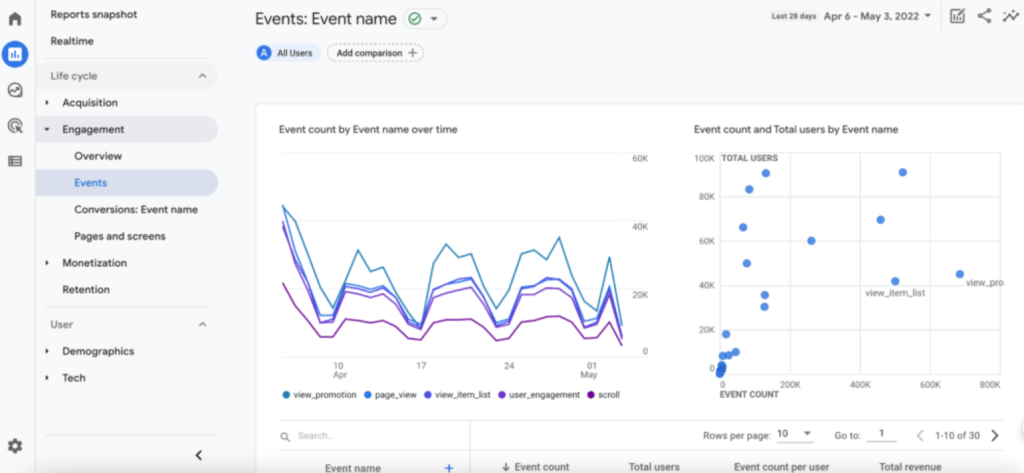
Event tracking provides deeper insights into user behavior, helping you refine your website for better engagement and conversions.
5. Set Up Goals and Funnels
Goals in Google Analytics help you measure how well your site or app fulfills your target objectives. You can set up goals to track actions like form submissions, purchases, or sign-ups. Funnels show the steps users take to complete these goals, highlighting where they drop off.
How to Do It
- Go to Admin > Goals > New Goal.
- Choose a template or custom goal and define the funnel steps.

Analyzing goals and funnels helps in identifying and addressing barriers in the user journey, boosting conversion rates.
6. Utilize Enhanced E-commerce Tracking
For E-Commerce businesses, Enhanced e-commerce tracking provides detailed insights into the shopping behavior of users. It tracks product impressions, clicks, and transactions, giving you a complete picture of the customer journey from discovery to purchase.
How to Do It
- Implement the Enhanced E-commerce plugin on your website.
- Enable Enhanced E-commerce in your GA settings and configure the related reports.
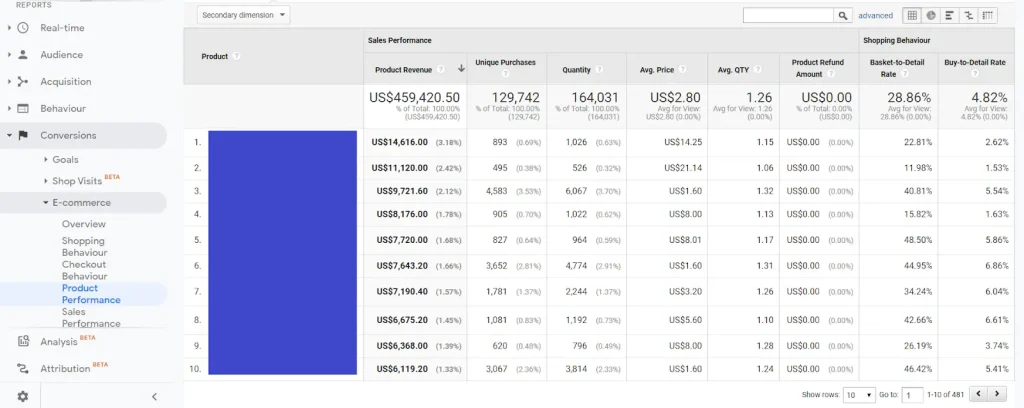
This data is invaluable for optimizing product listings, pricing strategies, and promotional campaigns.
7. Leverage Cohort Analysis
Cohort Analysis in Google Analytics allows you to group users based on common characteristics or behaviors and analyze their performance over time. This can be particularly useful for understanding the long-term impact of marketing campaigns and user retention strategies.
How to Do It
- Navigate to Audience > Cohort Analysis.
- Choose your cohort type (e.g., by acquisition date) and metric (e.g., user retention).

By analyzing cohorts, you can identify trends and patterns that inform more effective marketing and retention strategies.
8. Use Attribution Models
GA’s attribution models help you understand the customer journey by attributing credit to various touchpoints that lead to a conversion. This can give a more accurate view of the most effective marketing channels.
How to Do It
- Navigate to Conversions > Attribution > Model Comparison Tool.
- Compare different models such as Last Interaction, First Interaction, and Linear.

Choosing the right attribution model helps in allocating your marketing budget more effectively, ensuring you invest in the channels that drive results.
9. Integrate Google Analytics with Google Ads
By linking Google Analytics and Google Ads, you can measure the performance of your ad campaigns and obtain insights into how paid visitors interact with your website. This connection has the potential to greatly increase your advertising ROI.
How to Do It
- In GA, go to Admin > Google Ads Linking.
- Follow the prompts to link your Google Ads account.
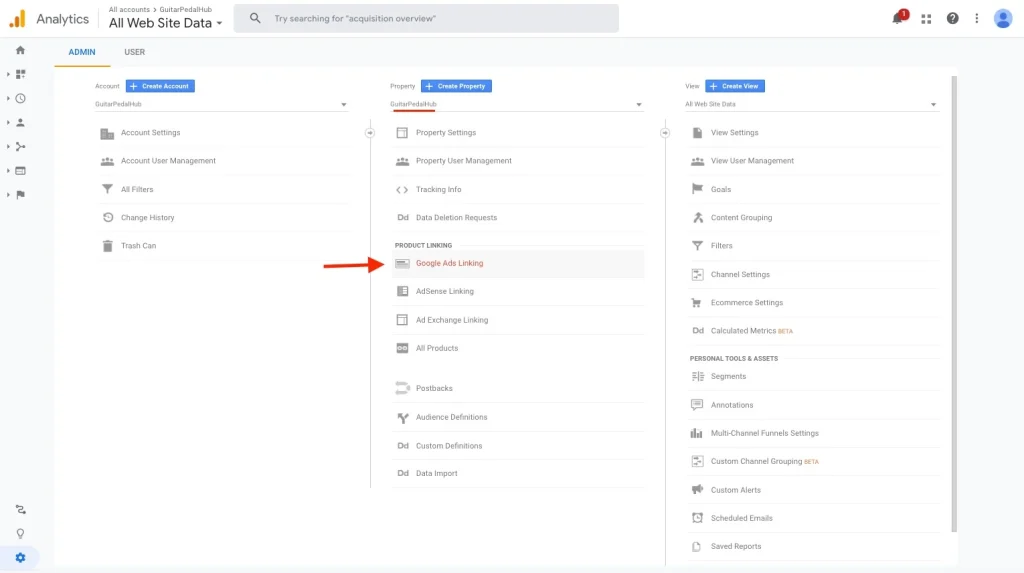
This interface allows you to measure data like click-through rates, conversion rates, and cost per conversion to optimize your ad spend.
10. Monitor Real-Time Data
Google Analytics provides real-time reports that display live data on how visitors interact with your website. This is especially beneficial for assessing the immediate impact of marketing campaigns or website updates.
How to Do It
- Navigate to Real-Time in the left-hand menu.
- View reports such as Overview, Locations, Traffic Sources, and Content.

Real-time data provides immediate feedback, allowing you to make quick changes and capitalize on new opportunities.
Overall, mastering Google Analytics entails more than just gathering data; it also includes evaluating and acting on that data. These hacks can change the way you utilize GA, offering deeper insights and driving better business outcomes.
To fine-tune your marketing efforts, improve user experience, or increase conversions, you should start maximizing the full potential of Google Analytics. So, you better start using these hacks today to gain a competitive advantage!
Partner with PrimeOutsourcing for Expert Google Analytics Insights!
PrimeOutsourcing‘s experienced services will transform your digital marketing approach by effortlessly integrating the power of Google Analytics to achieve outstanding outcomes. Our experienced team will uncover hidden insights, optimize your campaigns, and give effective data-driven solutions that are suited to your specific business requirements.
We will help you better understand your customers while also increasing your ROI through precise targeting and continual performance improvement. Let us put your analytics into action and launch your business to new heights of success! Inquire Today.


